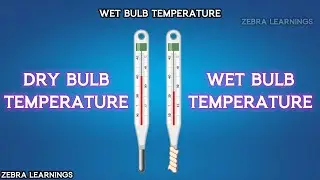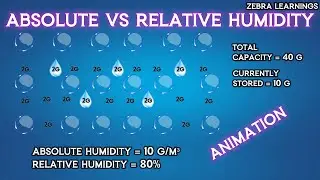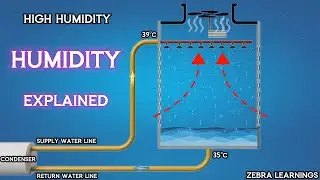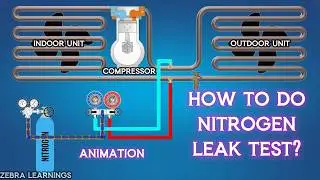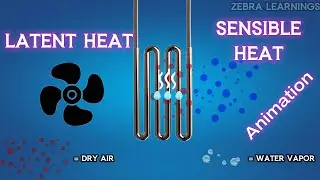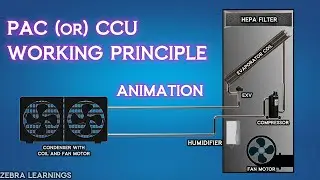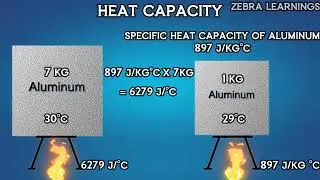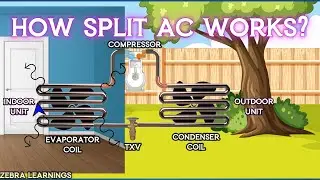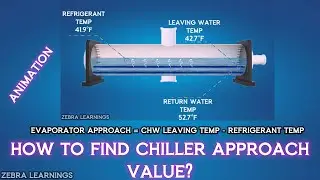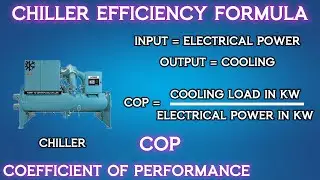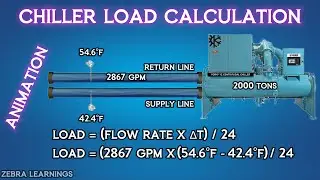What is Superheat and Subcooling | Animation |
Superheat and subcooling are important concepts in refrigeration and air conditioning systems. They are used to describe the state of a refrigerant as it undergoes the cooling cycle.
Superheat refers to the temperature rise of a vapor refrigerant above its saturation temperature at a given pressure. It occurs when all the liquid refrigerant has evaporated into a vapor state within the evaporator coil. Superheating ensures that only gaseous refrigerant enters the compressor, which is crucial for the compressor's proper operation and protection. The amount of superheat is typically measured at the outlet of the evaporator coil.
Subcooling, on the other hand, refers to the temperature reduction of a liquid refrigerant below its saturation temperature at a given pressure. It occurs when all the vapor within the refrigerant has condensed into a liquid state within the condenser. Subcooling helps to increase the refrigerant's density and improve the overall efficiency of the cooling cycle. The amount of subcooling is typically measured at the outlet of the condenser.
Both superheat and subcooling are important parameters to monitor and control in refrigeration and air conditioning systems. Proper superheat and subcooling levels ensure efficient heat transfer, prevent issues such as liquid slugging in the compressor, and maintain system performance. Monitoring these values can also help in diagnosing and troubleshooting system problems, such as refrigerant undercharge or overcharge.
The desired superheat and subcooling values can vary depending on the specific refrigerant, system design, and operating conditions. It is essential to follow manufacturer guidelines or consult industry standards to determine the appropriate superheat and subcooling ranges for a given system.
Subscribe to Our Channel!









